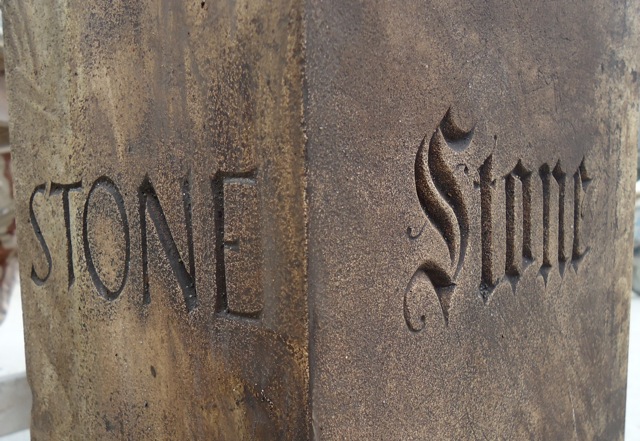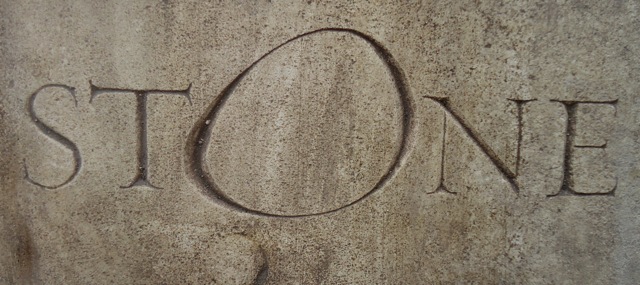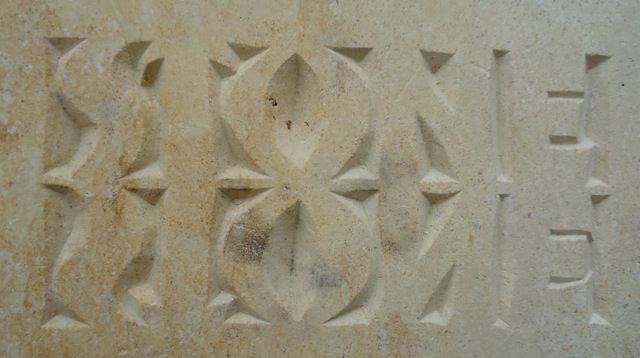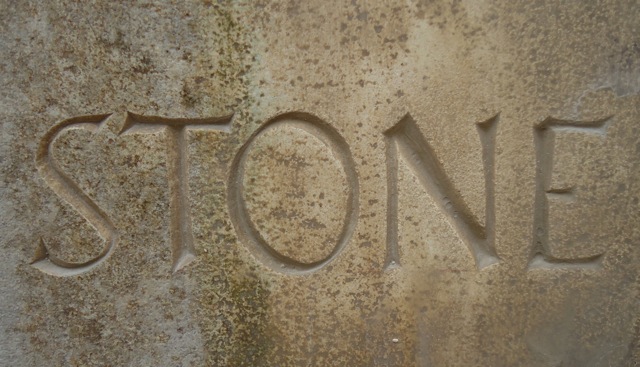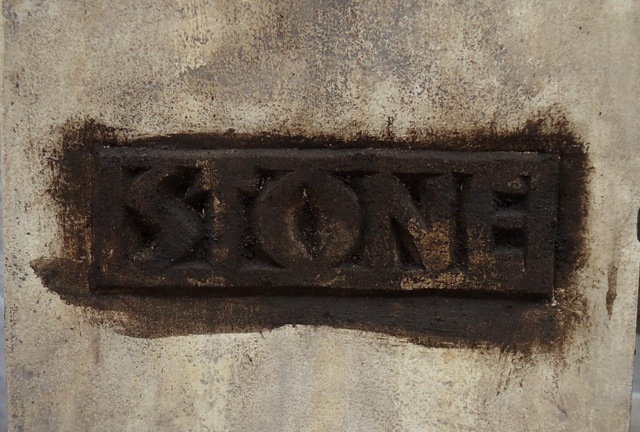Several times during the research for my book on building stone, I came across references to making or using mortar. In particular, in my chapter on coquina, I described how the Spanish burned oyster shells to make lime for mortar. I sort of understood the basic process, but again, not until StoneFest, did I get the process of what the Spanish did. One of the first projects at StoneFest this year was to make lime for mortar.
Irish stonemason Patrick McAfee was our teacher. Patrick is the author of two excellent books on masonry, Irish Stone Walls and Stone Building, with over 40 years experience. He lives and works in Ireland, an ideal place to practice his stone masonry. As he said “The land was so poor all you could grow was stone.” And they ended up in the 4,000 castles, 25,000 bridges, and 250,000 miles of stone walls found on the Emerald Isle.
As with letter carving and making windows, the process of making lime was easy in the hands of a master. We began by building the kiln, basically a tower of stacked cement blocks. We enhanced it by cutting holes in the corners, to allow air in, laying a metal screen on the first row of blocks, and by holding it together with steel beams and tape. The gang took about 40 minutes to build the kiln.

Building the kiln.
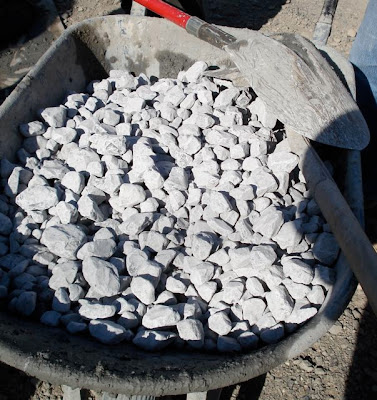
Raw Texas limestone before being put in the kiln.
We put coal and limestone on the screen and continued to add these two ingredients in about equal parts as the kiln grew. And this was all we needed to make lime. We could also have used wood or peat for fuel and shells or marble for our lime source. Our limestone came from Texas but historically builders would have used the local materials, as the Spanish did when they burned shells collected from middens made by people who had lived in the area more than 5,000 years ago.

Raw coal before putting it in the kiln.

Feeding the kiln with wood. Note the holes in the corners for air intake.
When we opened the kiln the next day, the limestone had been converted to quicklime, white lumps of CaO. The heat had driven off the CO2, changing the calcite (CaCO3) to quicklime, a highly reactive material when mixed with water, a process known as slaking. The reaction produces lime putty, calcium hydroxide (Ca(OH)2). Lime putty can be used by itself or mixed with an aggregate to make mortar. Patrick told us that lime putty gets better with age, as not all of the quick lime hydrates. The Romans waited at least three years to use theirs and Patrick knew of Polish lime putty aged for more than 100 years.

A bucket of quick lime: these pieces resulted from driving the carbon dioxide off of the calcite.

Our final product: slaked lime or lime putty.
In a little over 24 hours we had made one of the key ingredients of construction used for more than two thousand years. Yes, we had cheated a bit some using modern items but this was because we were in a class with a goal of learning how to make the lime. But basically we had performed a task that would not have looked too strange to Roman builders. Patrick said “We are in a parallel universe for the next four days.” He was right. Our universe was one that relied on simple tools, basic, but highly honed skills, local materials, and practical know how to generate beautiful and lasting products. I hope I get to return to StoneFest next year to continue my stone education in this parallel universe.
